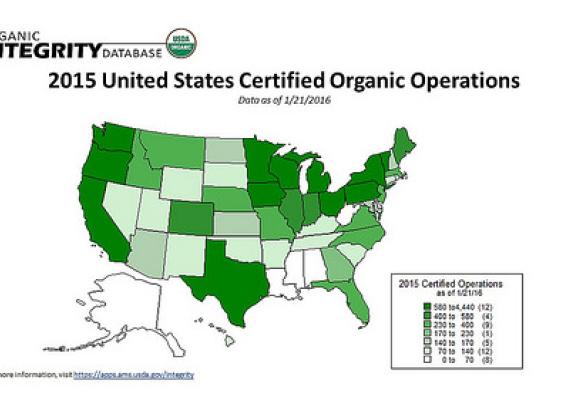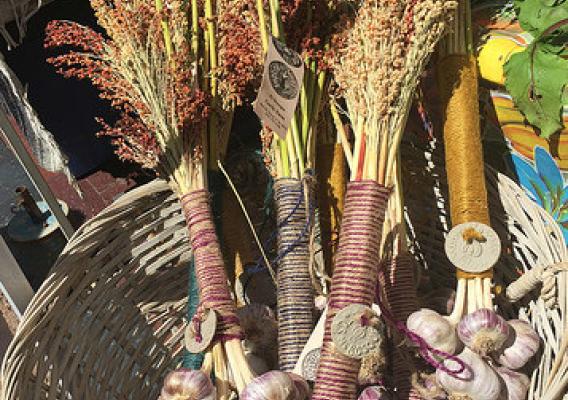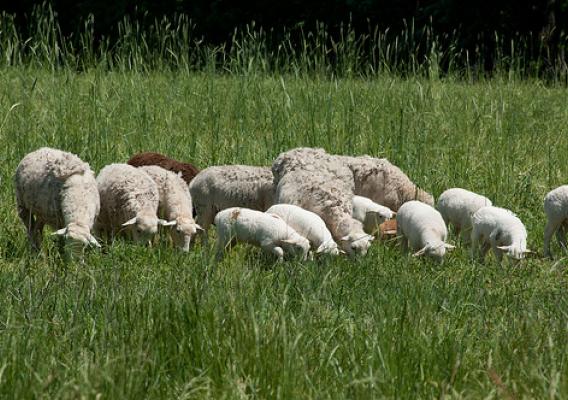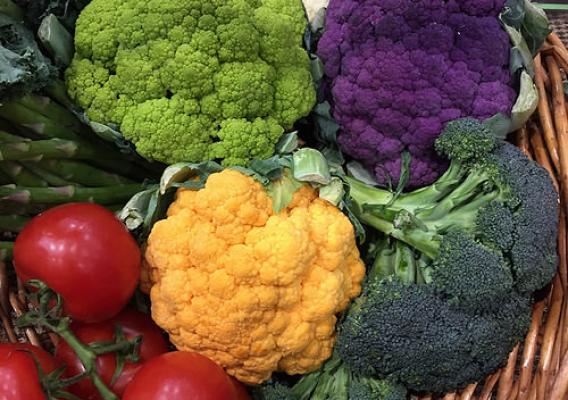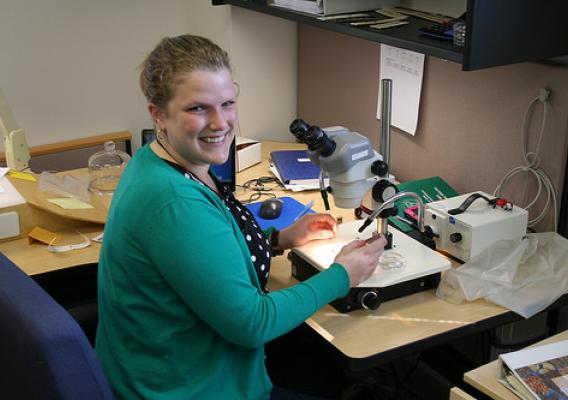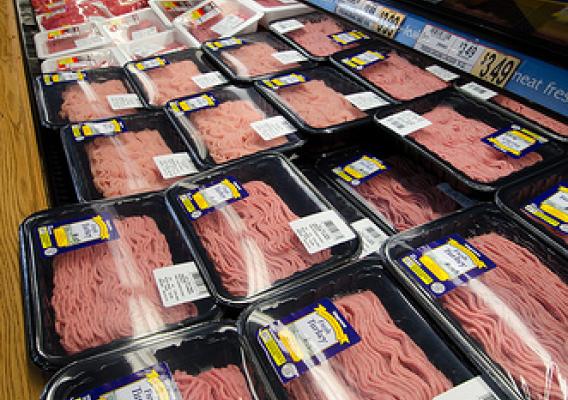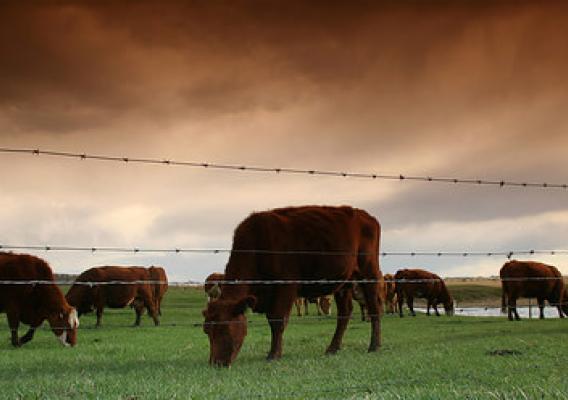This summer we were given the opportunity to intern with the U.S. Department of Agriculture and throughout our experiences we have learned a lot about the agricultural industry and rural America. Today, agriculture plays a huge role in driving the rural economy and the American economy at large, but we realized it is also important to know how far we have come and what it took for us to get here. To get a better understanding, we took a field trip across the National Mall to Smithsonian Institute’s National Museum of American History American Enterprise exhibit, which launched on July 1st. We were excited to learn more about the role the USDA plays in people’s lives and the immense amount of history we are a part of.
The exhibit encompassed the history of American businesses from corporate companies to small farms and everything in between. We were pleased to see how much the exhibit focused on the journey of American agriculture, from the mid-1700s to present day. We were able to interact with pieces of history that represented major successes as well as the setbacks that agriculture faced as we proceeded through a life-sized timeline of videos, pictures, historical trivia, and games.


